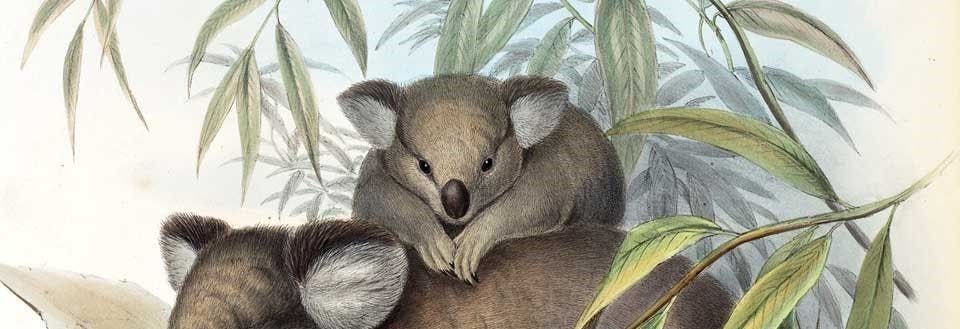Tyson, Edward (1650-1708).
Orang-outang, sive Homo sylvestris. London: Printed for Thomas Bennet ... and Daniel Brown, 1699.
The suggestion that comparative anatomy could shed light on natural history bore immediate fruit in the work of Edward Tyson. Tyson produced shorter monographs on the anatomy of a Virginia opossum and a Mexican peccary before publishing his masterpiece, a book-length study on the anatomy of a chimpanzee. As the title indicates, there was considerable confusion at the time in the identity of the great apes--the chimpanzee had been observed but not studied, the orangutan was known only by rumor and by name, and the gorilla was completely unknown. Tyson demonstrated in considerable detail the close correspondence between human and ape anatomy. However, he did not see this as a sign of common descent. Rather, he marveled that a human and a chimpanzee could be so similar in structure and so different in character and intellect. The crucial difference, for Tyson, was that a chimpanzee lacked a voice, and a soul.

